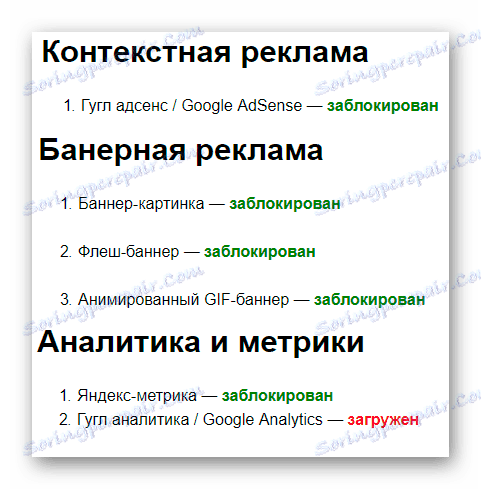

- #ADGUARD ADBLOCK PERMISSIONS FOR ANDROID#
- #ADGUARD ADBLOCK PERMISSIONS PLUS#
- #ADGUARD ADBLOCK PERMISSIONS WINDOWS#
This might be not too important on Windows and Mac, but this is very important on mobile devices where some of the filtering rules must be app-specific. This modifier lets you narrow the rule coverage down to a specific application (or a list of applications).

Separator character is any character, but a letter, a digit, or one of the following: _. It means that || stands for ws://*., wss://*. With this character, you do not have to specify a particular protocol and subdomain in address mask.
#ADGUARD ADBLOCK PERMISSIONS PLUS#
Unfortunately, AdGuard Content Blocker capabilitiesĪre limited by what the browsers allow and they only support an old Adblock Plus filters syntax:
#ADGUARD ADBLOCK PERMISSIONS FOR ANDROID#
It is not to be confused with the fully functional AdGuard for Android that can only be downloaded from custom filter lists installed as trusted,ĪdGuard Content Blocker is an extension for Samsung and Yandex browsers that can be installed from Google Play.filter lists created by the AdGuard team,.Some rules can be used only in trusted filters. Restrictions and limitations Trusted filters Matches all links to exactly the address.

Matches all links that are loaded from domain. Matches all div elements which class attribute ends with the banners_ads string. Matches all div elements which class attribute starts with the advert1 string. Matches all div elements with class attribute exactly equal to banners. Matches all elements with class attribute containing banners. Matches all elements with id attribute equal to banners. However, to use these extended rules, you need to be fluent in regular CSS. You can learn more about CSS in general here.ĪdGuard extends CSS and lets filters developers handle much more complicated cases. Basically, it adds a new CSS style to the website which purpose is to hide particular elements. It unblocks all requests sent from this website even if there is are blocking rules matching these requests.Ĭosmetic rules are based on using a special language named CSS, which every browser understands.even if there is a blocking rule for this address.īlocking rules with $important modifier can override exceptions.Here is an example of a rule with some simple modifiers. Filtering rules support numerous modifiers that allow you to fine-tune the rule behavior.


 0 kommentar(er)
0 kommentar(er)
